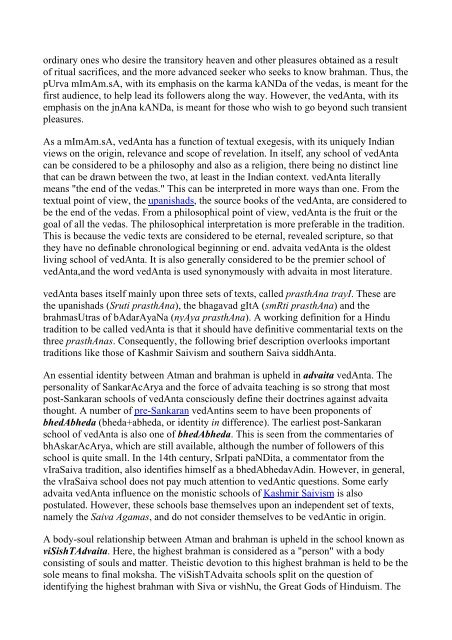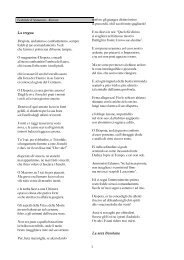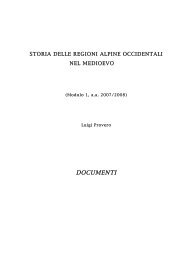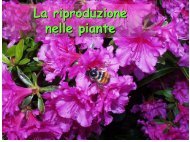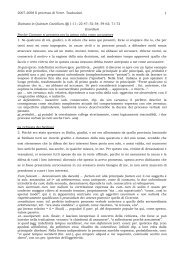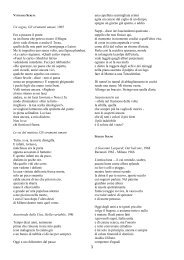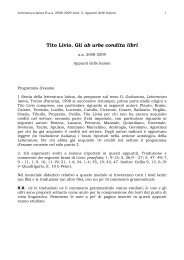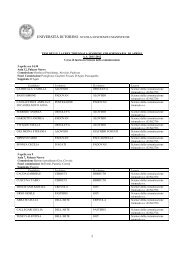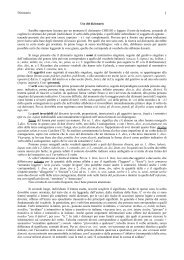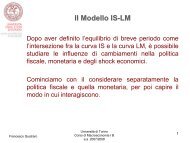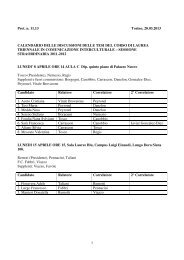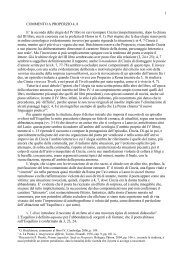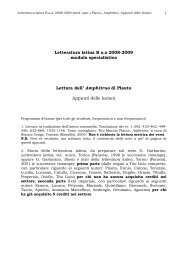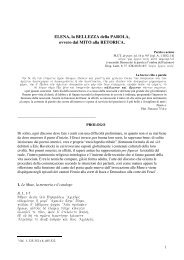ajAti vAda
ajAti vAda
ajAti vAda
You also want an ePaper? Increase the reach of your titles
YUMPU automatically turns print PDFs into web optimized ePapers that Google loves.
ordinary ones who desire the transitory heaven and other pleasures obtained as a result<br />
of ritual sacrifices, and the more advanced seeker who seeks to know brahman. Thus, the<br />
pUrva mImAm.sA, with its emphasis on the karma kANDa of the vedas, is meant for the<br />
first audience, to help lead its followers along the way. However, the vedAnta, with its<br />
emphasis on the jnAna kANDa, is meant for those who wish to go beyond such transient<br />
pleasures.<br />
As a mImAm.sA, vedAnta has a function of textual exegesis, with its uniquely Indian<br />
views on the origin, relevance and scope of revelation. In itself, any school of vedAnta<br />
can be considered to be a philosophy and also as a religion, there being no distinct line<br />
that can be drawn between the two, at least in the Indian context. vedAnta literally<br />
means "the end of the vedas." This can be interpreted in more ways than one. From the<br />
textual point of view, the upanishads, the source books of the vedAnta, are considered to<br />
be the end of the vedas. From a philosophical point of view, vedAnta is the fruit or the<br />
goal of all the vedas. The philosophical interpretation is more preferable in the tradition.<br />
This is because the vedic texts are considered to be eternal, revealed scripture, so that<br />
they have no definable chronological beginning or end. advaita vedAnta is the oldest<br />
living school of vedAnta. It is also generally considered to be the premier school of<br />
vedAnta,and the word vedAnta is used synonymously with advaita in most literature.<br />
vedAnta bases itself mainly upon three sets of texts, called prasthAna trayI. These are<br />
the upanishads (Sruti prasthAna), the bhagavad gItA (smRti prasthAna) and the<br />
brahmasUtras of bAdarAyaNa (nyAya prasthAna). A working definition for a Hindu<br />
tradition to be called vedAnta is that it should have definitive commentarial texts on the<br />
three prasthAnas. Consequently, the following brief description overlooks important<br />
traditions like those of Kashmir Saivism and southern Saiva siddhAnta.<br />
An essential identity between Atman and brahman is upheld in advaita vedAnta. The<br />
personality of SankarAcArya and the force of advaita teaching is so strong that most<br />
post-Sankaran schools of vedAnta consciously define their doctrines against advaita<br />
thought. A number of pre-Sankaran vedAntins seem to have been proponents of<br />
bhedAbheda (bheda+abheda, or identity in difference). The earliest post-Sankaran<br />
school of vedAnta is also one of bhedAbheda. This is seen from the commentaries of<br />
bhAskarAcArya, which are still available, although the number of followers of this<br />
school is quite small. In the 14th century, SrIpati paNDita, a commentator from the<br />
vIraSaiva tradition, also identifies himself as a bhedAbhedavAdin. However, in general,<br />
the vIraSaiva school does not pay much attention to vedAntic questions. Some early<br />
advaita vedAnta influence on the monistic schools of Kashmir Saivism is also<br />
postulated. However, these schools base themselves upon an independent set of texts,<br />
namely the Saiva Agamas, and do not consider themselves to be vedAntic in origin.<br />
A body-soul relationship between Atman and brahman is upheld in the school known as<br />
viSishTAdvaita. Here, the highest brahman is considered as a "person" with a body<br />
consisting of souls and matter. Theistic devotion to this highest brahman is held to be the<br />
sole means to final moksha. The viSishTAdvaita schools split on the question of<br />
identifying the highest brahman with Siva or vishNu, the Great Gods of Hinduism. The


